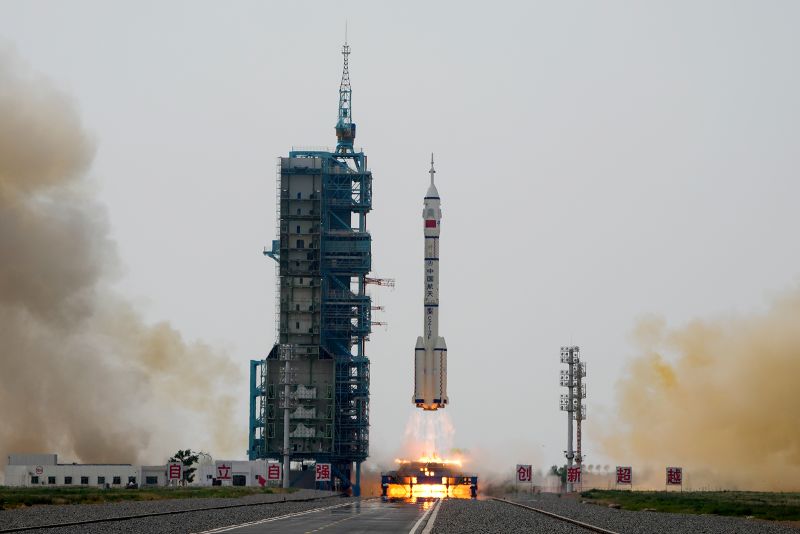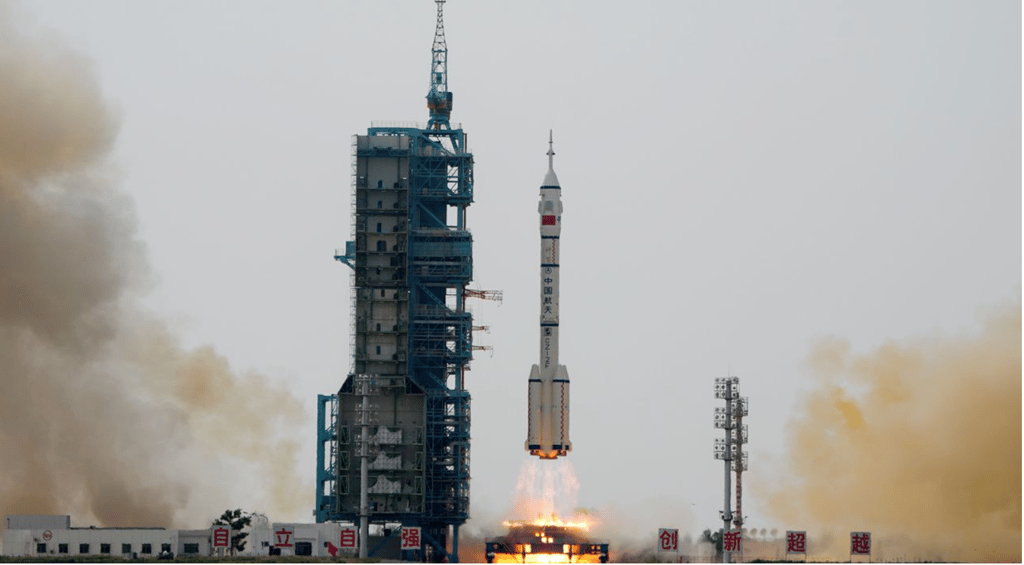
A civilian scientist was among the three astronauts that China deployed to its Tiangong space station on Tuesday, May 30. As China moves forward with its plans for a manned Moon mission by 2030, the liftoff has occurred. A Long March 2F rocket was used to launch the Shenzhou-16 crew into the air. Jiquan Satellite Launch Centre in northwest China served as the launch site. According to AFP, the rocket took launched around 9:31 am local time (0:131 GMT). (Xanax) The in charge of the mission is Jing Haipeng. He has left the planet four times before. He is accompanied by engineer Zhu Yangzhu and Gui Haichao, a professor at Beihang University and the first Chinese citizen to travel to space.
China is aiming to catch up to the US and Russia by investing billions of dollars in a military-run space program. The Tiangong, which landed robotic rovers on Mars and the Moon, is the jewel in China’s space strategy. China is becoming the third nation to launch people into orbit as a result. According to Beijing, this is the first mission to the Tiangong space station since it started its “application and development” phase.
The Shenzhou-16 will dock at the Tianhe core module of the Tiangong space station after it has reached orbit
The Shenzhou-16 will dock at the Tianhe core module of the Tiangong space station after it has reached orbit, where the crew will meet three coworkers from the previous manned Shenzhou-15 voyage who have been in the space station for six months and will return to Earth soon. The mission would “carry out large-scale, in-orbit experiments… in the study of novel quantum phenomena, high-precision space time-frequency systems, the verification of general relativity, and the origin of life,” CMSA spokesperson Lin Xiqiang said on Monday. In preparation for Shenzhou-16’s arrival, a fresh supply of drinking water, food, clothing, and propellant was delivered to the space station this month.
AFP quoted an expert who said that Tuesday’s flight was “a regular crew rotation flight as one crew hands over to another”, but even that was significant. “Accumulating depth of experience in human spaceflight operations is important and doesn’t involve new spectacular milestones all the time,” said Jonathan McDowell, an astronomer, and astrophysicist at the Harvard–Smithsonian Center for Astrophysics. China is aiming to build a base on the Moon. On Monday, CMSA spokesman Lin reaffirmed China’s plan of landing a manned mission on the Moon by 2030. “The overall goal is to achieve China’s first manned landing on the Moon by 2030 and carry out lunar scientific exploration and related technological experiments,” he said.
